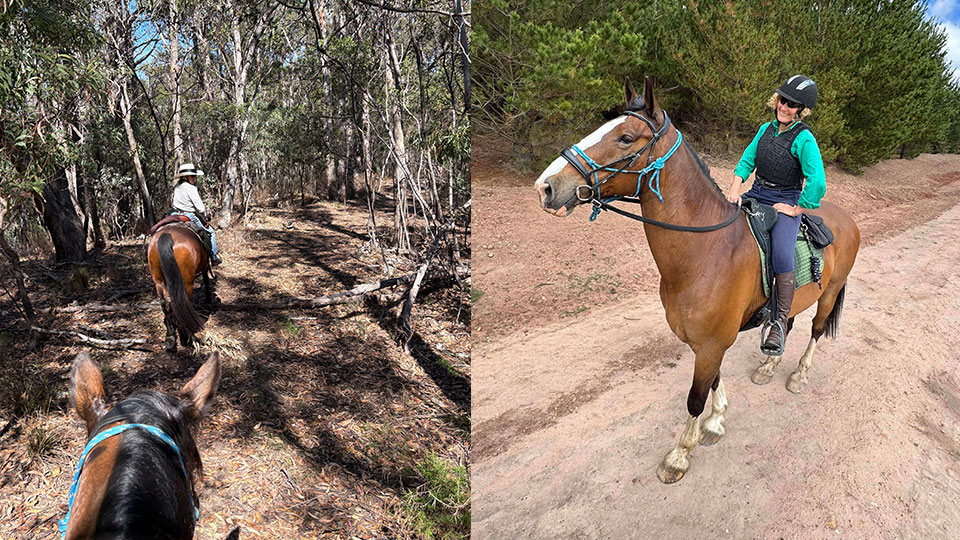
Have you ever been to a really bad meeting? Hmmm… I thought so! Was it bad because:
- The agenda was unclear?
- The wrong people were there?
- The conversation lacked focus and purpose?
- Communication flow was all one way?
- All of the above?
Let’s be honest. How many hours a day do your people spend in meetings? How long do they spend preparing? And how effective are those meetings in:
a) Communicating key messages?
b) Formulating plans, generating ideas, and developing insight?
c) Achieving clear outcomes, accountabilities and actions?
d) Engaging people?
I am guessing your answer isn’t pretty! Many leaders run unfocused and boring meetings that lack a clear purpose, and lead to few actionable agreements.
Ensure Purpose
Lola attended one of my ‘Coaching Skills for Fearless Cultures’ training programs. One of her biggest takeaways was modifying her approach to meetings. She realised that most of the meetings she ran – and attended – had open agendas and too many people present. Consequently there was insufficient direction, leading to few outcomes.
Lola made a simple change. She ensured that each meeting she ran had a clear purpose and she communicated that purpose in advance. For meetings organised by others, she only attended where the purpose was clearly outlined, and directly relevant to her (ie. something she needed or could usefully contribute to).
Ask Questions and hold Uncertainty
Thomas spent too long preparing for meetings, primarily driven by the need to be in control and the misguided belief that as the leader, he needed to have all the answers.
Learning and implementing a coaching approach initially challenged his sense of identity as a leader! He came to see that his role was to guide, support and develop his people, ensuring that together the team developed the answers. He needed to curate the answers – not know them!
Questioning techniques and a coaching outlook gave him a new approach to running meetings. Get clear on the purpose, ask questions to engage others, listen curiously and carefully to the answers, and hold true during any uncertainty.
His meetings became lighter, more productive, and more engaging. Best of all, Thomas spent a lot less time and energy preparing a choreographed approach.
How could you use coaching competencies to run meetings that get outcomes and that people actually want to attend?
Go fearlessly
STAY IN THE LOOP





